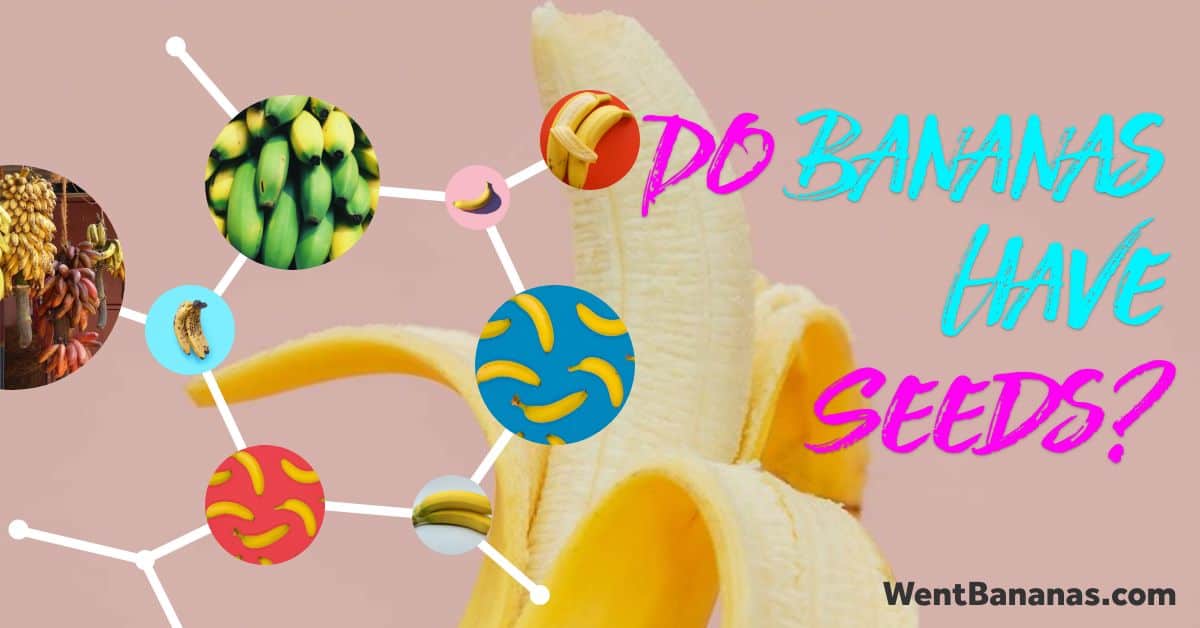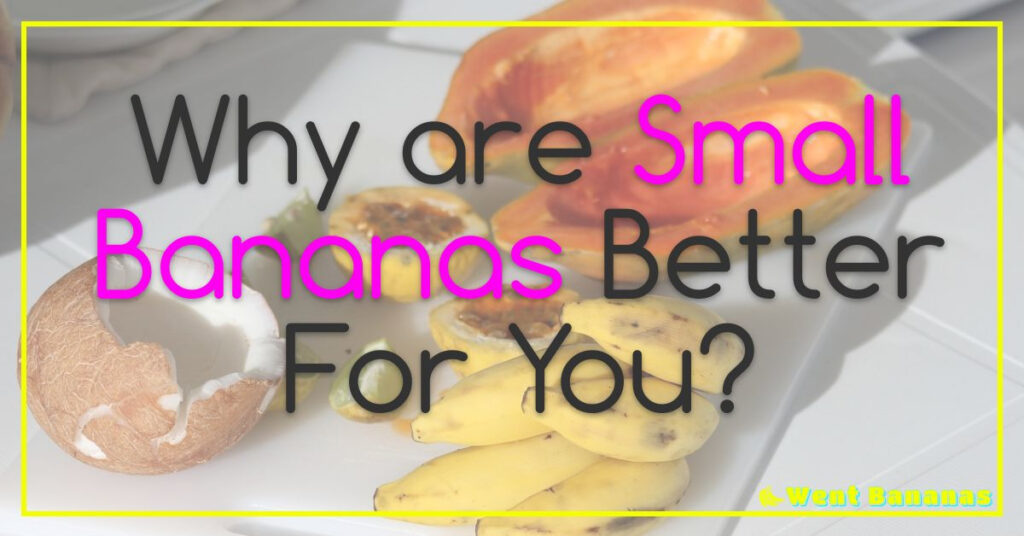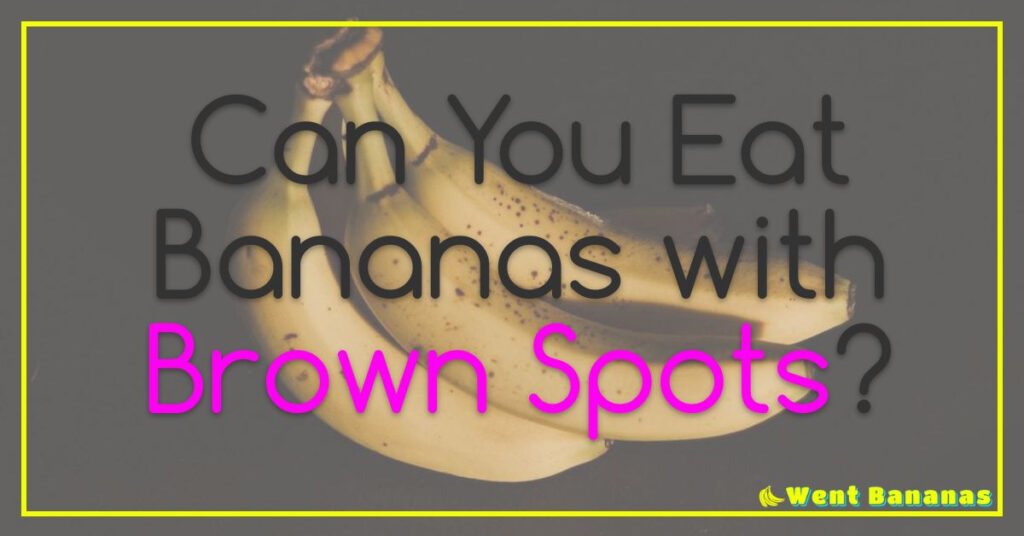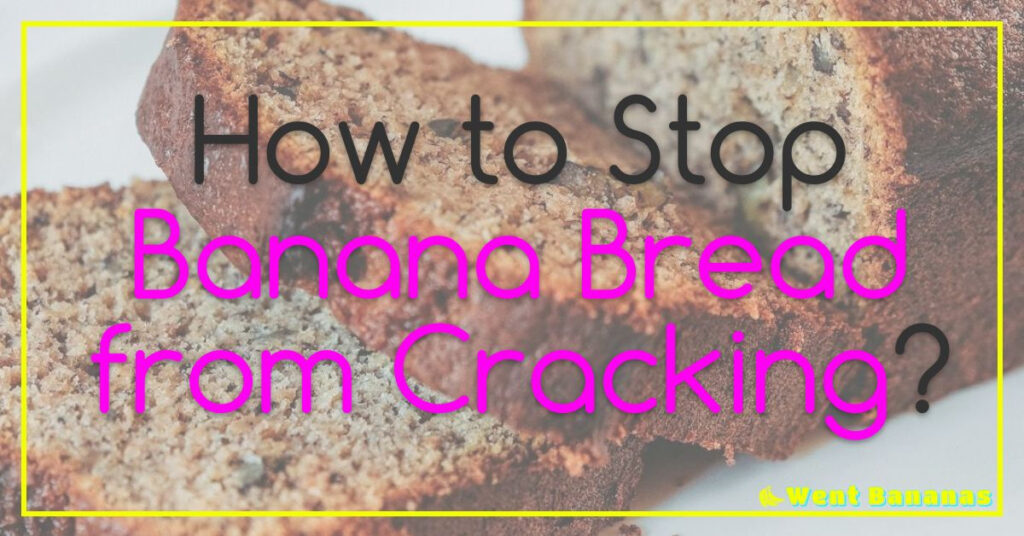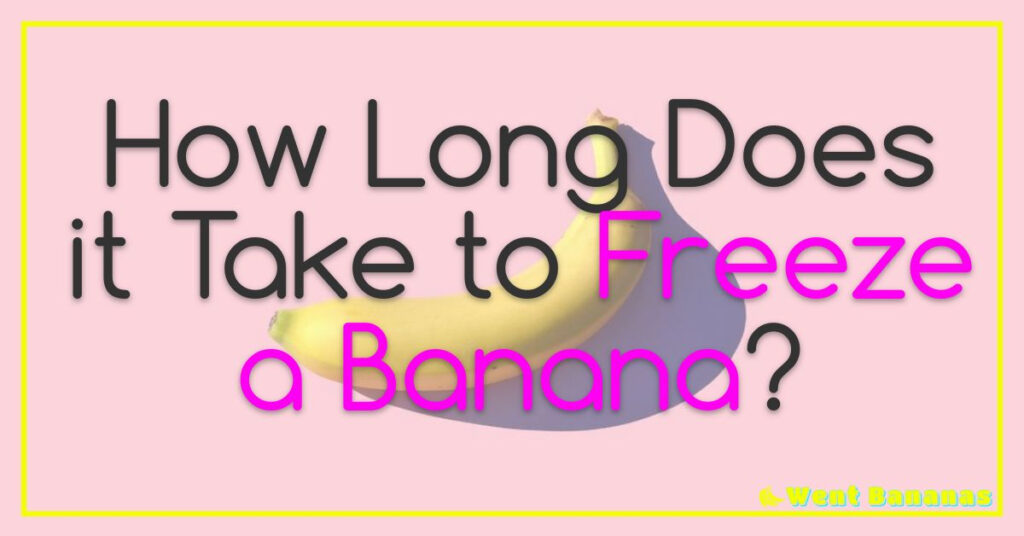Do bananas have seeds? It’s an age-old question, and one with a surprisingly nuanced answer. That’s why, in this article, we’ll dive deep and look at all aspects of bananas and their potential for having seeds. We’ll explore what a banana actually is, its history and whether they have had seeds in the past. Plus, we’ll investigate the parts of the banana to see if any have seeds, and explore how seedless bananas reproduce. So if you’re intrigued about bananas and the possibility of them having seeds, continue reading to learn more!
What Is a Banana?
A banana is a curved, yellow-colored fruit that grows on an herbaceous plant. It belongs to the genus Musa in the family of Musaceae and has been cultivated for thousands of years by humans all over the world. Bananas are highly nutrient-dense and packed with essential vitamins, minerals, and antioxidants such as Vitamin B6, Manganese, Potassium, Magnesium Iron & Calcium among others. Not only are they delicious but also have amazing health benefits like providing energy due to their natural sugar content; aiding digestion; being beneficial for skin care and eyesight; helping improve bone health etc., making them one of nature’s most nutritious fruits!
The History of Bananas and Whether They Have Had Seeds in the Past.
Bananas have been a part of the human diet for thousands of years, with evidence of their cultivation going back as far as 8000 BCE. Although today’s bananas are seedless, research suggests that this has not always been the case. In fact, archaeological remains have suggested some bananas in Southeast Asia had edible seeds and were enjoyed by ancient cultures in Thailand and Indonesia up until around 3000 BCE.

It is thought that humans may have domesticated certain varieties of wild bananas to become what we know today – a seedless variety without any hard shells or fibrous strings which makes them easier to eat raw. The lack of natural pollinators also played an important role in creating these new species since pollination would result in seeded fruits again over time if left unchecked.. As such, our modern-day bananas are likely cultivated by human intervention rather than occurring naturally through evolution alone – something which has helped make them one of the most widely consumed fruits on earth!
Exploring What Parts of the Banana Contain Seeds, If Any.
Bananas are a popular and widely consumed fruit, but many people don’t know that they contain small amounts of seeds. While some varieties of bananas have no seeds at all, others may have anywhere from one to hundreds.
These microscopic-sized black or white seeds can generally be found near the center of the banana in its stem-like core. The number and size of these minuscule seeds vary depending on the type of banana variety being consumed; with sweet bananas having fewer smaller-sized crunchy little pods compared to more tart types like plantains which feature larger quantities and harder outer shells for their respective seed components.
The presence (or absence) and size/quantity depend on each particular type – so it’s important to do your research if you plan on eating any sort of exotic varieties! Even though most edible bananas lack large visible pulp-filled seed chambers, there is still an ample population inside every single piece offering genetic material that helps propagate new generations into existence – making them a valuable part of nature’s cycle even today!
How Do Seedless Bananas Reproduce?
Seedless bananas are unique fruit that has been developed through careful cultivation. Although they lack the traditional seeds found in regular bananas, these seedless varieties still produce viable offspring. This is accomplished through cloning or propagation from small pieces of the plant rather than relying on fertilization from male and female flowers like their seeded cousins.
Cloning involves taking small sections of a mature banana tree and replanting them in areas where new trees can grow with similar characteristics to its parent tree’s genetic makeup. The cuttings, known as “pups”, will remain identical to the mother plants for generations depending on how deeply rooted they become into soil and how far apart each planting location is situated away from one another.
The alternative method of reproducing seedless bananas involves propagating them using tissue culture techniques which involve growing genetically identical clones directly from cells taken off an already existing plant without having to root cuttings into the soil first before planting it out separately elsewhere. Through this process, hundreds if not thousands may be grown simultaneously given enough time for all cells being cultured within laboratories making it much more efficient than traditional methods aforementioned above by-hand approach when done en masse thus speeding up production times significantly compared to previously achievable rates with conventional farming technologies alone making seedless banana accessible nearly anywhere around world at fraction cost possible due advances technology made available today versus what was obtainable even just handful decades ago!
Determining If a Certain Variety of Bananas Has Seeds or Not
When determining if a banana variety has seeds or not, there are several factors to consider. First of all, the type of banana can make a difference – some varieties are seedless while others have small, inedible seeds. Additionally, bananas grown from organic sources may contain more natural and visible seeds than those produced through conventional agricultural methods.
Additionally, ripeness also plays an important role in seed variability for certain types of bananas. For example, green-tipped Cavendish bananas will often develop small black “eyes” when they become ripe that represent dormant embryonic plants with potential to germinate if conditions permit; however these eyes do not indicate viable or edible seeds as is sometimes believed by consumers who purchase this type of fruit at their local grocery store or farmers market.
Finally, environmental stressors such as drought conditions can negatively impact the development and prevalence of viable flowering stalks which produce fully developed fruit bearing abundant amounts of tiny edible black/brownish colored true seeded fruits on affected trees – making them less likely to be found on store shelves due to their limited quantity when compared against larger seeded cultivars like Burro Bananas (aka Horse Bananas).
Our Final Thoughts

We hope this article has helped shed some light on the long-standing question of whether or not bananas have seeds. Ultimately, it seems that various varieties of bananas do contain small amounts of seeds — or at least structures resembling them — yet in modern times it’s likely that you will never come across one. As such, if you’re looking for a seedless variety of banana then there are many different options out there to choose from! So, why not explore these varieties further and find which species suits your individual taste?

